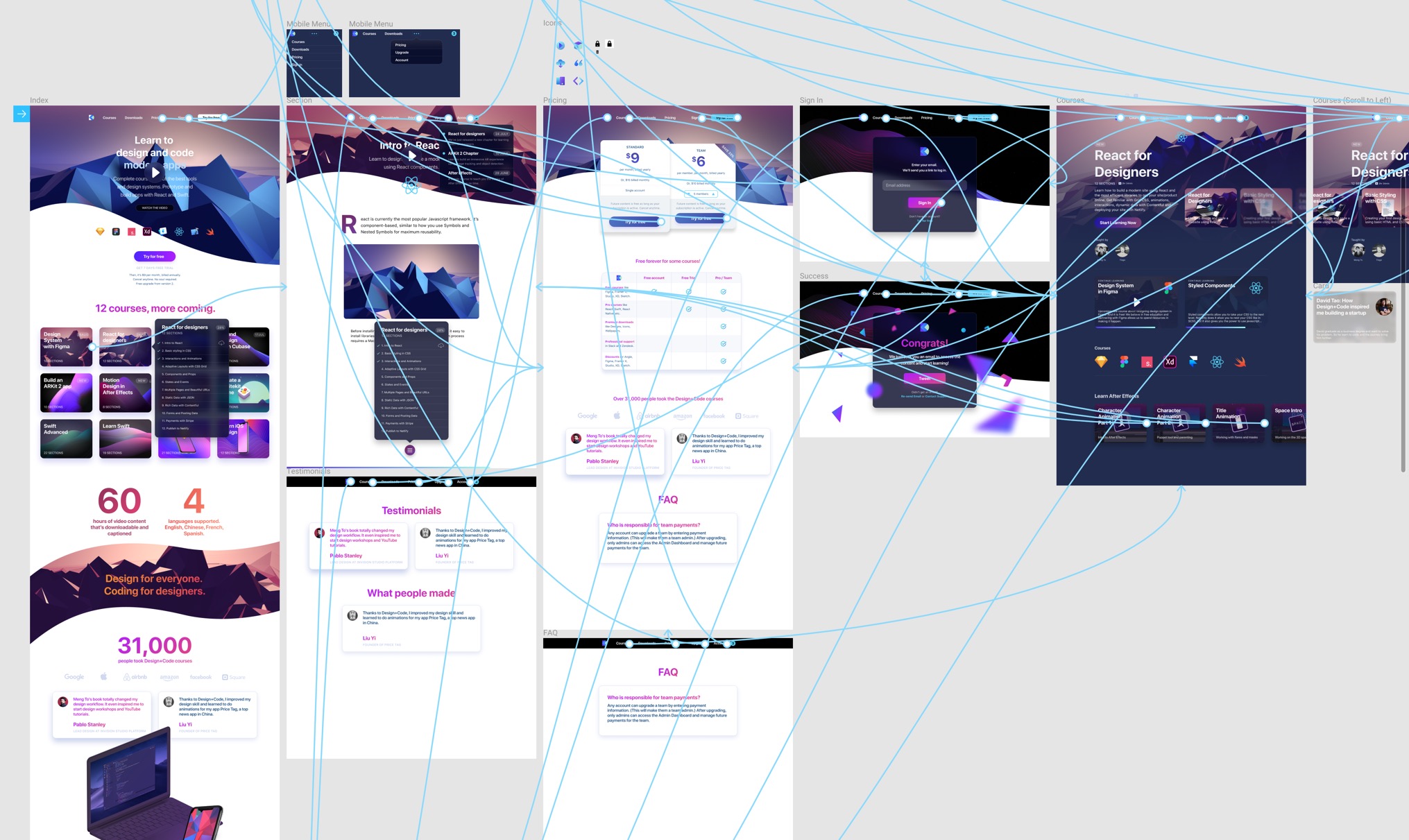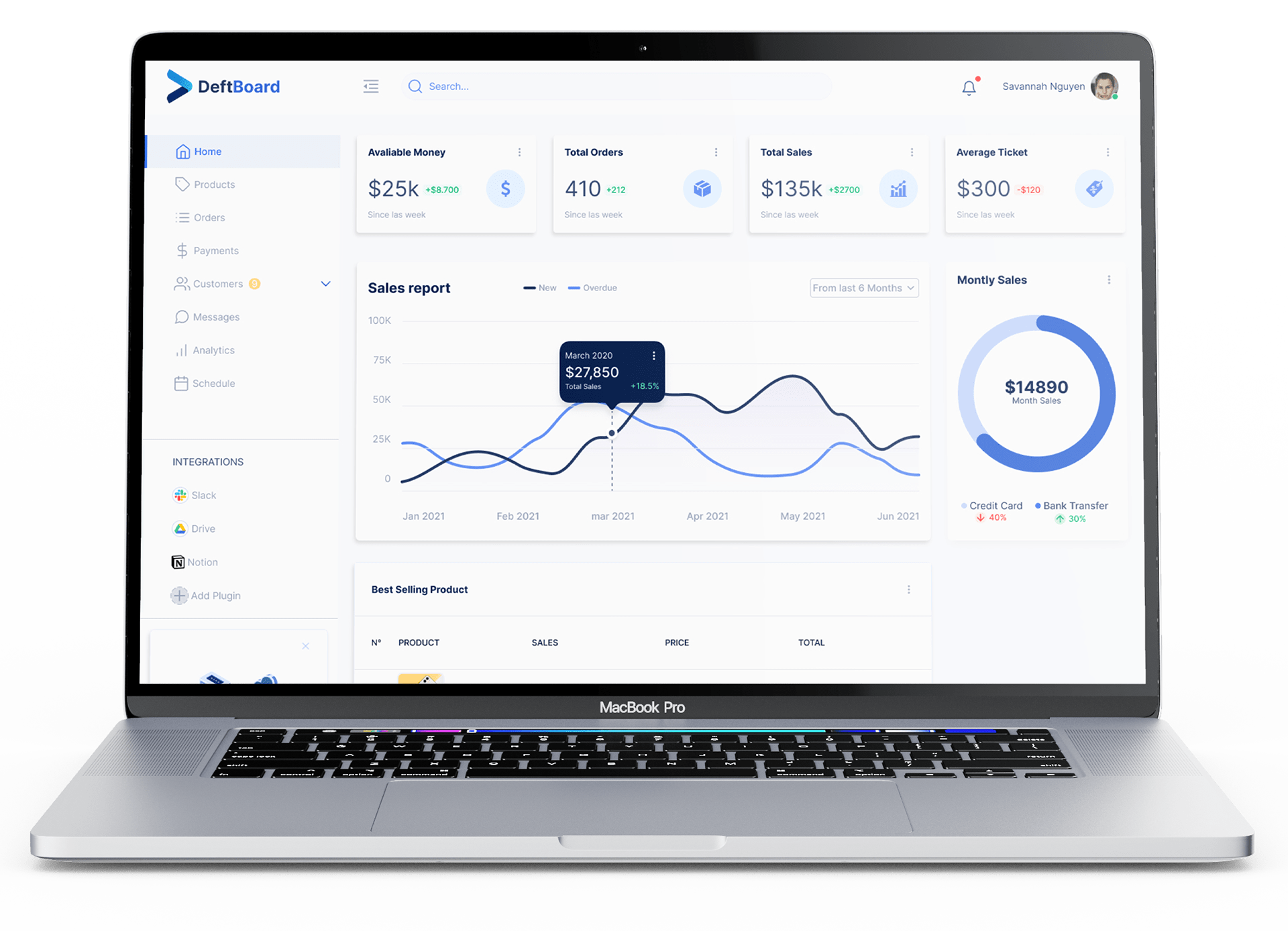How to Build Your Design System Design Systems 102
Table Of Content
- Over 200k developers and product managers use LogRocket to create better digital experiences
- Design systems that scale
- Figma design systems from popular brands
- How to convince your team to switch to Figma
- Chakra UI
- Ways to Make Authentication Systems More User-friendly
- How you design , align , and build matters. Do it together with Figma.

A design system is a single source of truth that reduces design redundancy and accelerates the development process. By using the design system, designers spend less time remaking components, and instead pull from a library of brand-approved, development-friendly options to swiftly build out designs. When components are designed with code, tokens, and animation presets, developers can translate them into functional, accessible code, in a fraction of the time. Companies who leverage design systems have witnessed a transformation in their product development lifecycle, achieving faster time-to-market and a cohesive user experience. Remember that initial audit you did, where you looked at all your existing designs and broke them down into individual elements?
Over 200k developers and product managers use LogRocket to create better digital experiences
Design files can be edited by anyone in the browser, shared freely, and they update in real time as multiple users can edit them simultaneously. This opens up the design system to more efficient collaboration not only between designers but also with developers and other stakeholders. We’ve done the prep in the design library; it’s time to bring those colors into our actual design. With more than 2,000 components, 100+ styles, and transport kit patterns, Pegasus is great for those looking to bring together development and design teams. Ant Design Systems for Figma is touted as a “godsend for productivity” with a firm focus on stamping out miscommunications across teams with a well-organized library. The kit also offers all the good stuff, including a wide variety of components and styles, and components.
Design systems that scale
Figma has advanced features that are tailored to meet expectations for consistency during the design process. This tutorial outlines how a Figma component library can work well within a design system. Standardize styles, variables, and components so that everything from color to padding scales seamlessly across your products and brands.

Figma design systems from popular brands
A robust design system can make this transition faster and more effective, getting everyone to contribute sooner. Rune Madsen published a history of design systems as part of his course Programming Design Systems. In the third part of our series, we talk to design system and accessibility experts about making inclusive systems a top priority. In an ideal world, you’d define your principles right at the start. But in practice, they often emerge later in the process, or evolve as your system matures. The important thing is that once you have them, you make sure everyone is aware of and aligned with them.
How to convince your team to switch to Figma
It can be used in defining different states of the components like focused, and active or to emphasize components like cards and buttons.
Styles and components can now be created in the library file and can be used in other files and updated from the central library file. Publish assets in team libraries so the latest approved design elements are always a drag and drop away. Creating a design system in a growing organisation might be a challenging and time consuming task, but it benefits the product in the longer term in creating effortlessly consistent user experience. The design system was eventually released to open-source it to allow the community to design and build their projects with Primer.
With 10+ million daily active users, the chances are that your workplace will be using Slack. Slack Block Kit for Modals lets you design and build your Slack apps. The ever-loved Airtable Apps UI Kit lets you design your very own app with the same UI kit the Airtable team uses internally. You can build your own custom apps on top of Airtable using Custom Apps and the Blocks SDK. According to Uber’s design system engineering manager Gergely Nemeth, the design system was created to act as a “base” for other design systems to build on top of. This encyclopedia kit has thousands of UI components, styles, and page templates to explore.
That’s why it’s so important for designers to understand and embrace the spatial system. When designers understand why consistent spacing and layout matter, they’re more likely to create designs that look and feel great for users. They exist on a spectrum, and can be useful for everyone from freelancers to large enterprises. If a product is a mature one and doesn’t have an existing component library, the design system should already be determined by the current implementation.
The Best Figma Plugins: 50+ Workflow Superchargers — SitePoint - SitePoint
The Best Figma Plugins: 50+ Workflow Superchargers — SitePoint.
Posted: Wed, 19 Jan 2022 08:00:00 GMT [source]
It is one of the few design systems and UI kits that solves the 2 issues we've raised earlier on in this article. A UI kit and design system helps you to streamline your workflow, improve your designs, and enable you to create pretty much anything you want to. If you’ve got a love for UI/UX design, then no doubt you’re using Figma. After all, it’s the most used design platform, it’s the easiest and most intuitive, and you can create incredible designs with ease. Whether you’re forking an existing design system or building one from scratch, here are some of the best Figma plugins for design system management. Carbon only supports the web for now, but iOS and Android versions are being crafted.
It’s common for brands of large products to build their own design systems. Some of these design systems even serve multiple products, and the ones that are publicly available can serve your products, too. There’s also a Figma plugin called Relay that designers can use to annotate and hand off Android UI components to developers. Developers, using the Relay plugin for Android Studio, can then receive the Android UI components and use them in their codebase. The annotations can contain information about the component’s layout, content, styles, and interactions, which translates to code automatically. Virta Health, named a rising SF startup to watch in 2018, is fighting diabetes with user friendly design.
Before you commit, evaluate your team’s current workflow, the user experience of your product, and the specific problems that need solving. A thorough discussion with your team will help to pinpoint the necessity and potential scope of a design system tailored to your needs. Take stock of any repetitive design tasks or recurring issues that eat up your team’s time. Standardized components from a design system can streamline your process.
As a design tool, Figma has matured a lot, and new features are constantly added. The addition of a Figma design system with built-in analytics that is accessible to the entire organization is a giant step forward. The addition of these features indicates that Figma aims to be a fully fledged, comprehensive design tool, and it’s well on its way to accomplishing that. For those designers working with Figma, let’s look at how creating a component library in Figma can be a key part of a comprehensive design system. GitHub has even gone so far as to share their Figma component library—a great example of a Figma-based design system. More extensive tools like Storybook and Component-Driven Development are also extremely useful resources for implementing and documenting a design system.
They can include templates, layouts, interaction patterns, code snippets, and components—supported by detailed documentation. This top-level container is your overarching guidance, an ever-evolving foundational collection of resources and processes for your product ecosystem. It can include technical specs, design tokens, documentation, and best practices; it can also include core principles and processes to guide UX design decisions and product development. One of the great things about Figma is that you can share libraries across different files and projects.
In this article, we’ll take a look at the best Figma design systems and what they’re useful for. It’s something that will grow and evolve along with your team and your projects. Start by laying a strong foundation, and encourage everyone on your team to contribute and help improve your design practices over time. As your system matures, it becomes an integral, evolving part of your workflow, infused with your collective expertise and creativity.
Comments
Post a Comment